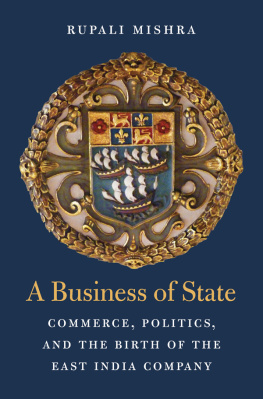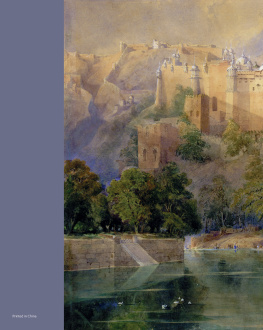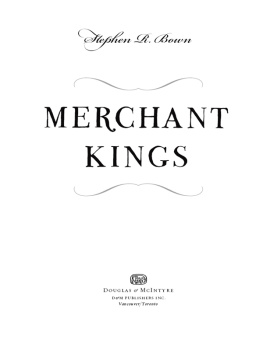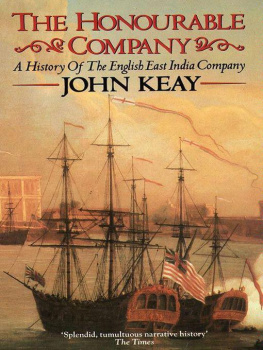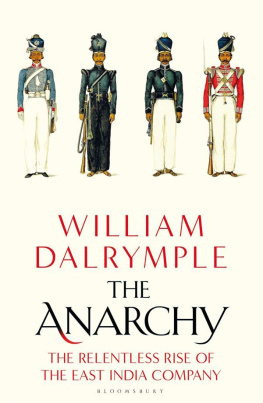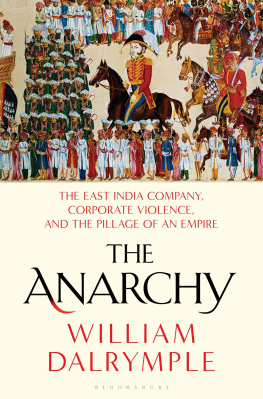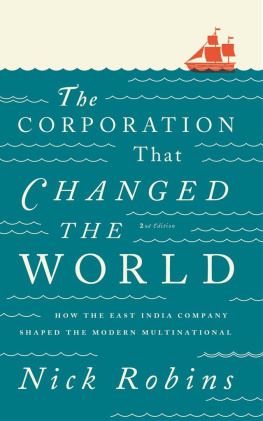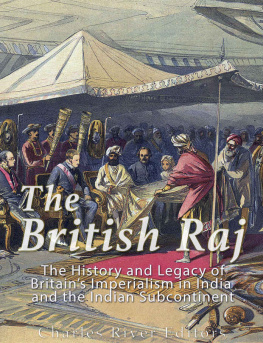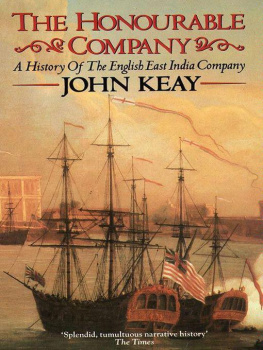HARVARD HISTORICAL STUDIES188
Published under the auspices
of the Department of History
from the income of the
Paul Revere Frothingham Bequest
Robert Louis Stroock Fund
Henry Warren Torrey Fund
A BUSINESS OF STATE
Commerce, Politics, and the Birth of the East India Company
RUPALI MISHRA
Cambridge, Massachusetts
London, England
2018
Copyright 2018 by the President and Fellows of Harvard College
All rights reserved
Cover image: Mid-seventeenth-century ceiling boss from St. Matthias Old Church (originally the Poplar Chapel, now St. Matthias Community Centre) in Poplar, London. Photo courtesty of Dr. Robert Wynn Jones.
Cover design: Annamarie McMahon Why
978-0-674-98456-1 (hardcover : alk. paper)
978-0-674-98471-4 (EPUB)
978-0-674-98470-7 (MOBI)
978-0-674-91999-0 (PDF)
The Library of Congress has cataloged the printed edition as follows:
Names: Mishra, Rupali Raj, 1981 author.
Title: A business of state : commerce, politics, and the birth of the East India Company / Rupali Mishra.
Other titles: Harvard historical studies.
Description: Cambridge, Massachusetts : Harvard University Press, 2018. | Series: Harvard historical studies | Includes bibliographical references and index.
Identifiers: LCCN 2017041765
Subjects: LCSH: East India CompanyHistory17th century. | Corporations, BritishIndiaHistory17th century. | Business and politicsEnglandHistory17th century. | EnglandEconomic conditions17th century.
Classification: LCC HF486.E6 M57 2018 | DDC 382.0941/05dc23 LC record available at https://lccn.loc.gov/2017041765
Contents
- PART ONE: GOVERNING THE COMPANY
- The Patent and the Formation of the Company
- Constituting Authority: The Court of Committees and the Generality
- Wooing Adventurers: Membership and Useful Men
- Division within the Company: The Problem of Faction and Representation
- Merchants, Trading Companies, and Public Appeal
- PART TWO: THE COMPANY AND THE STATE
- The Changing Patent: Negotiating Privileges between Company and Regime
- What His Men Have Done Abroad: Martial Engagements and the Company
- The Dutch East India Company and Amboyna: Crisis and Response in the Company
- Taking Stock and Looking Forward: The Difficulties of the Late 1620s
- Crown Manipulations of the East Indies Trade: Dismantling the Company in the 1630s
Spelling and punctuation in the sources have been modernized, and all abbreviations have been expanded. The dates are old style, though the year is taken to begin on 1 January.
Whenever possible when citing from contemporary correspondence, I have noted the letter-writer, the recipient, and the date. In those cases where the writer or recipient is understood, I have not explicitly identified them. For example, citations from The Letters of John Chamberlain are always to letters written by John Chamberlain.
In the interest of making my citations from the East India Company court books easier rather than harder to find, I have cited them by date instead of by page number. Even though most entries are more than one page long, the numbering system of the volumes is erratic, and some volumes are not numbered in entirety; the date is therefore a more reliable and consistent aid to finding the source than a page number.
Lastly, unless otherwise noted, all citations from the court books are citations from meetings of the court of committees; I have specified when the meeting was a general court or other meeting.
S OMETIME IN EARLY 1617 , an unidentified author at court compiled an estimate showing what benefit his Majesty may make by the trade to the East Indies. The document listed several suggestions for how King James might turn the East Indies trade into ready money beyond what it already afforded him in customs revenue. Anticipating possible concerns, the author specified that what he proposed would neither touch the kings honor, decrease his customs, nor tax the [East India] Company with any charge or loss worth the speaking of, nor disturb or alter the course they are now in, which are the most material things that may be objected.
The proposals enumerated in the memo were creative and only questionably legal. After downplaying the political clout of East India Company memberscharacterized as for the most part rich gentlemen, merchants, and usurers that adventure out of the superfluity of their estate, alongside a few lords and others of the [Privy] Council who had been granted membership primarily to make the regime more sympathetic to the Companythe author emphasized how dependent the entire East Indies venture was on the royal prerogative. He noted that the Companys patent allowed for the monarch to revoke it with three years notice, and he suggested that the monarch ought to use the threat of dissolution to compel payments of loans.
This stray document in the Jacobean state papers is strange, even a little mysterious. The corresponding volume of the Companys court minutes for 1617 has not survived, so it is difficult for the historian to gauge the immediate circumstances that led to the documents creation or to determine whether it led to any action, and if so, what. Whether Company leaders had any knowledge of the memo is similarly unknown.
In other ways, though, it is a very typical document, reflecting Jamess well-known lack of funds and use of innovative financial schemes by outlining an unlikely proposal for how James might quickly and easily secure a huge and renewable source of funding from the East India Company. The author mentioned an immediate sum of some 120,000, with more within three years. He anticipated that the requisitioned money would at least double as long as the Companys trade continued to be as profitable as it had been thus far, and in 1617 there was no reason to doubt that the phenomenal returns would continue.
Regardless of its outcome, the memo pointed to the curious relationship between the Company and the crown. Note, for example, the authors easy recourse to threats of dissolution via revocation of the patent, even as he noted that his suggestions should not hinder the Companys trade. He purported to have quantitative knowledge of the Companys recent profitability and demonstrated familiarity with and knowledge of the membership and functioning of the Company, while at the same time slighting its composition. It is not impossible that the author himself was part of the Company. The author saw the East Indies trade as something that already benefited the monarch, but that could be used to further advantage via the same tool that enabled the Companys existence. The document therefore highlighted the function of the royal prerogative in the early history of the Company, and ultimately the thorny relationship of the Company to the state.

